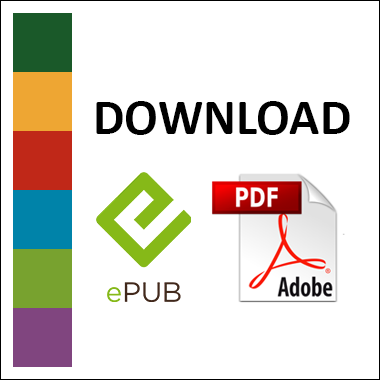
Building technology into activities that help build students’ understanding all the way through the inquiry is much more effective than using it only in the final presentation of student work.
Technology can immerse students in complex environments in which they must build, not just reproduce knowledge.
Learning how to use technology effectively means teachers need to think carefully about the topic of the inquiry and the disciplines it requires, the questions or the issues that students should investigate in depth, and the ways technology will allow students to think about new ideas in new ways.
Teachers and students can work with ideas, explore what they know, challenge their own thinking, and design and create things that work – all while making efforts to improve their thinking. Technology makes it easier for them to do work this way both as individuals and in collaboration, near and far.
What would schools look like if we stopped thinking of computers as tools that let us do old things in new ways? What if we started thinking of them as imagination machines “which start with the ideas we put into them and take them farther than we ever could have taken them on our own?”
–W. Daniel Hillis.
Ultimately, the power of technology should be harnessed to support innovation and build knowledge. Teachers need to engage students to use these new technologies as designers, creators and builders of knowledge . Using technology appropriately helps learners think differently and gain deeper understanding – but only when the topic of study focuses on knowledge-building and elaborative communication versus individual memorization and recall .
Effective use of Technology:
As technology is integrated into the classroom, “it is about engaging students with questions they can explore, rather than only answers we want them to absorb.”
 The effective use of technology permits students to broaden and deepen their approach to any topic by:
The effective use of technology permits students to broaden and deepen their approach to any topic by:
- Finding and organizing what is already known about the topic;
- Accessing, using, critiquing and communicating information from a variety of sources and in a variety of ways;
- Seeking, negotiating and creating alternative viewpoints;
- Critically assessing information as they build their understanding;
- Posing and testing solutions, making inferences and modeling thinking; and
- Creating, presenting and defending their own understandings in original ways.
The effective use of technology permits students to raise and solve problems fundamental to worthwhile investigations by:
- Being in touch with world-class expertise and up-to-the-minute developments in their area of study;
- Unsettling prejudices, taken-for-granted notions or simplistic answers through exploring a wide range of perspectives on a single issue;
- Using a variety of powerful thinking tools such as spreadsheets, databases, programming, microworlds, multimedia authoring, graphics design, modeling software, conceptual mapping, simulations and music composition software.
The effective use of technology permits students to conduct and manage complex inquiries and communicate their growing understandings in meaningful ways by:
- Facilitating the organization and synthesis of information from more than one source;
- Facilitating on-going revisions and rethinking;
- Creating knowledge building communities for rich collaboration;
- Providing project management tools such as calendars, spreadsheets, databases, digital whiteboards and concept mapping tools; and
- Permitting file sharing and a wide variety of synchronous and asynchronous working environments.
Technology and Inquiry:
Technology can play legitimate roles at any stage of an inquiry, not just in the final presentation. It can be a vital component of:
- Searching for valid information;
- Posing worthwhile questions;
- Collaborating with others;
- Organizing ideas and people;
- Testing and modeling emerging understandings;
- Communicating understanding through images, sound and movement as well as text; and creating wide and authentic audiences for student work.
“Computers are not rescuing the school from a weak curriculum, any more than putting pianos in every classroom would rescue a flawed music program. Wonderful learning can occur without computers or even paper. But once the teacher and children are enfranchised as explorers, computers, like pianos, can serve as powerful amplifiers, extending the reach and depth of the learners.
– Alan Kay, American computer scientist

Learning for today isn’t only about using technology – students must be engaged with questions they can actually explore, rather than only answers we want them to absorb.
Do you see what I see? Cameras as an entry to inquiry:
A dung cam is an interesting thing. Scientists have learned much about elephant behaviour by strategically placing small cameras as the pachyderms go about their daily lives. Learning about this technology is not only an effective hook, it serves as an inquiry into topics of:
- Animals and intelligence
- Struggles to balance the needs of humans and wildlife.
- Humans’ fascination with elephants – our reverence and abuse
- Local impacts of globalization
- Global interdependence and responsibilities.
The ability to actually see inside a patient is one of medicine and technology’s greatest achievements. But new imaging techniques – and medical advancements in general – present new questions and demand new literacies. It serves as an excellent inquiry into how the body functions, and how new technologies may be changing that.


